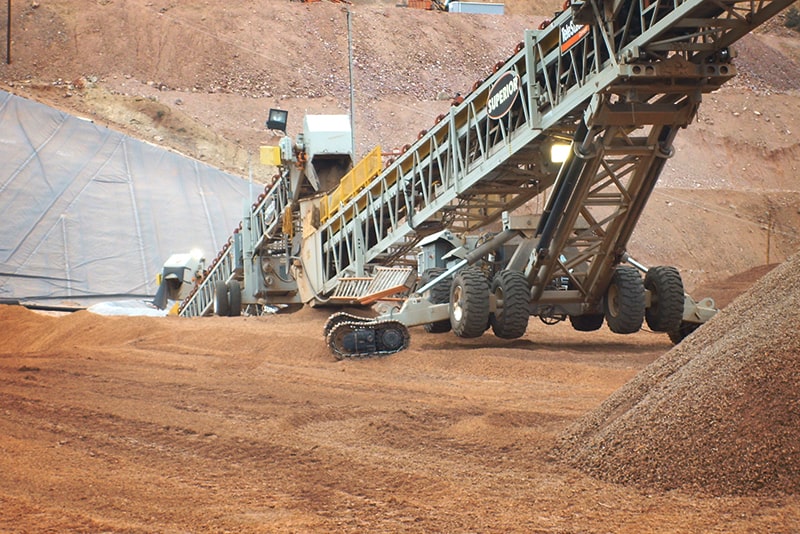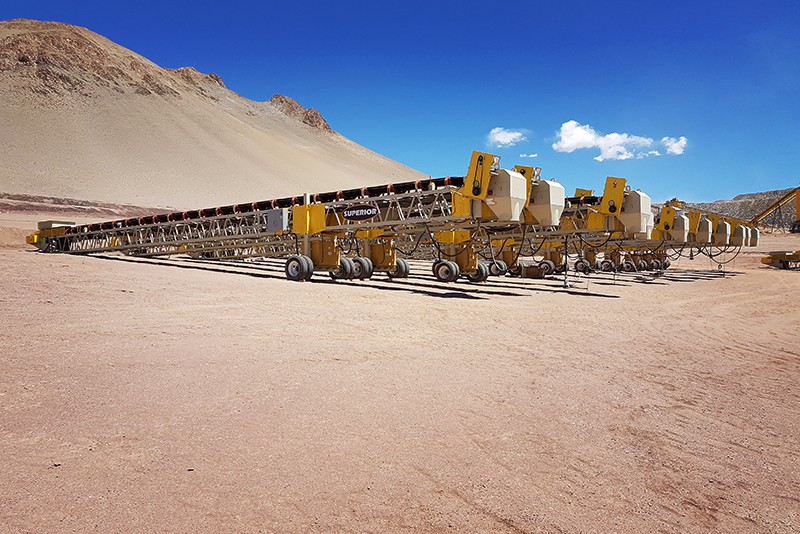
For example, conveyor belts have to be flanged to a production facility at a certain height – if it doesn’t fit exactly, you have to compensate with pillars or move the building afterwards. on hills or lakeshores, building is often awkward. However, Factory Town often drove me crazy in the test at first. Because carts are faster and transport four goods at once, tomatoes are conveniently round and roll down a chute on their own, milk from the pasture comes from the underground pipeline, and Fritz’s fish move nimbly along an assembly line. Railways carry large volumes over long distances, but are costly to explore.īut it’s much more efficient (and cooler!) to automate everything. It looks cute when the workers bounce around like busy birds of a feather. Theoretically, you can solve almost any task by letting your inhabitants do everything by hand: For example, picking tomatoes, milking milk, catching fish, chopping firewood, hauling everything to the kitchen, making fish soup and carrying it to the tavern. Because Factory Town doesn’t chew the cud, but lets you work it out for yourself.

And then, apart from the short tutorial, you are left alone – in a positive sense. The victory conditions, for example in the eight campaign missions, read dryly at first: produce X railway tracks, build a mine, achieve technology level X, make X inhabitants happy. There are no opponents, so there are no defences – in Factory Town, the main goal is transport. In the colourful blocky world, you supply your village with meals, drinks, clothes, craft supplies and so on, just like in a classic building game. This sounds a lot like Factorio, but Factory Town is not so technically sober. By covered wagon, we make our way to the final stop: a school that generates industrial research points.Īnd that’s not all the transport options Factory Town offers you! Because here cargo ships and zeppelins still chug around, there are underground pipelines, simple Indiana Jones lorries and sophisticated sorting plates that filter, distribute and forward raw materials, intermediate products and finished goods.
#Factory town building over a conveyor full
But only for a short time, then it lands on a railway wagon, the locomotive picks up speed and puffs towards a laboratory with wagons full of identical plates.įascinated, our plate watches as hopping males and females carry books with empty pages into the lab – and make a textbook out of our plate.

After a brisk road trip, it gets dark when our metal plate disappears in a crate. With three more plates, the journey continues, this time by cart. Seconds later, coal and ore are melted into a handy iron plate. At a T-piece, an ore ball joins them, and together they slide along a metal belt – straight into the forge. It continues leisurely onto a conveyor belt made of fabric. Slowly the coal ball rolls down the chute, gets faster and faster, shoots down a hill, lands on a wooden conveyor belt.

In Reader Rabbit 1, it is a small red brick building with two floors, a clock, its own patio, a black water tower, three smoke stacks with red covers on top, a wooden sign at the front, three letters on the lawn to the right of the entryway and a railway situated to the left of the façade. The factory exterior and layout changes throughout the updated versions of the game it was featured on.

It is run and managed by Reader Rabbit and is situated on a grassland with a railway in front of the façade. It debuted in Reader Rabbit and the Fabulous Word Factory. The Word Factory is Wordville's most important production centre that produces words needed to keep the town going.


 0 kommentar(er)
0 kommentar(er)
